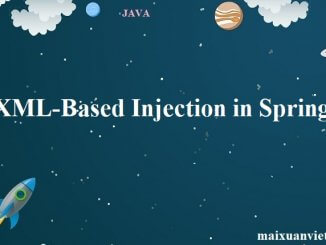
XML-Based Injection in Spring
1. Introduction In this basic tutorial, we’ll learn how to do simple XML-based bean configuration with the Spring Framework. 2. Overview Let’s start by adding […]

1. Introduction In this basic tutorial, we’ll learn how to do simple XML-based bean configuration with the Spring Framework. 2. Overview Let’s start by adding […]

1. Overview In this tutorial, we’re going to learn about Spring’s @Order annotation. The @Order annotation defines the sorting order of an annotated component or bean. It has an optional […]
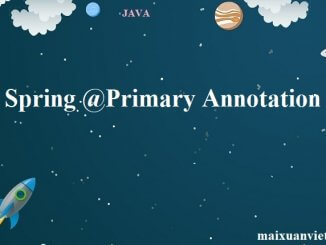
1. Overview In this quick tutorial, we’ll discuss Spring’s @Primary annotation which was introduced with version 3.0 of the framework. Simply put, we use @Primary to give higher preference to […]
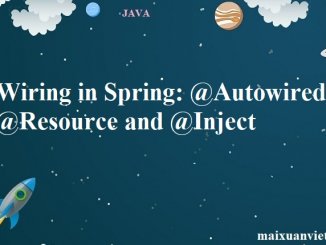
1. Overview In this Spring Framework tutorial, we’ll demonstrate how to use annotations related to dependency injection, namely the @Resource, @Inject, and @Autowired annotations. These annotations provide classes with […]

1. Overview Starting with Spring 2.5, the framework introduced annotations-driven Dependency Injection. The main annotation of this feature is @Autowired. It allows Spring to resolve and inject collaborating beans […]
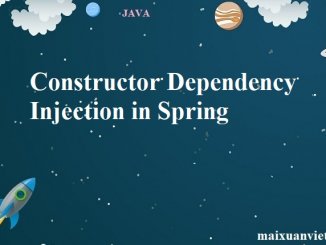
1. Introduction Arguably one of the most important development principles of modern software design is Dependency Injection (DI) which quite naturally flows out of another critically important […]
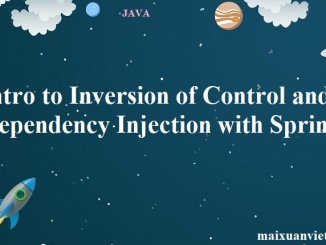
1. Overview In this tutorial, we’ll introduce the concepts of IoC (Inversion of Control) and DI (Dependency Injection), as well as take a look at […]
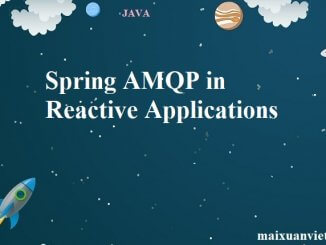
1. Overview This tutorial shows how to create a simple Spring Boot Reactive Application that integrates with the RabbitMQ messaging server, a popular implementation of […]

1. Overview In this tutorial, we’ll see how we can implement Server-Sent-Events-based APIs with Spring. Simply put, Server-Sent-Events, or SSE for short, is an HTTP […]

1. Overview In this tutorial, we demonstrate how to use the Spring WebFlux module using Kotlin programming language. We illustrate how to use the annotation-based […]

1. Overview With the introduction of Spring WebFlux, we got another powerful tool to write reactive, non-blocking applications. While using this technology is now way easier than […]

1. Overview Debugging reactive streams is probably one of the main challenges we’ll have to face once we start using these data structures. And having in mind […]

1. Overview Spring Security added OAuth support for WebFlux starting with the 5.1.x GA. We’ll discuss how to configure our WebFlux application to use OAuth2 Login […]
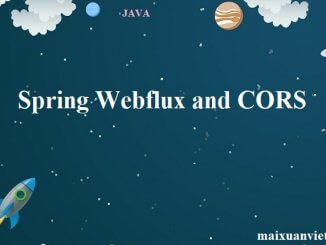
1. Overview In a previous post, we learned about Cross-Origin Resource Sharing (CORS) specification and how to use it within Spring. In this quick tutorial, we’ll set […]
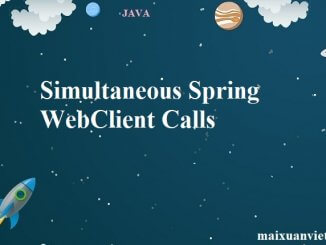
1. Overview Typically when making HTTP requests in our applications, we execute these calls sequentially. However, there are occasions when we might want to perform […]

1. Introduction In this tutorial, we’ll explore the @Async annotation in Spring MVC, and then we’ll get familiar with Spring WebFlux. Our goal is to have a […]

1. Overview With Spring Boot 2 and the new non-blocking server Netty, we don’t have the Servlet context API anymore, so let’s discuss the way […]
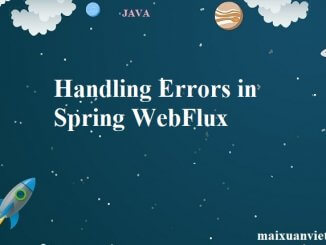
1. Overview In this tutorial, we’ll look at various strategies available for handling errors in a Spring WebFlux project while walking through a practical example. We’ll also […]
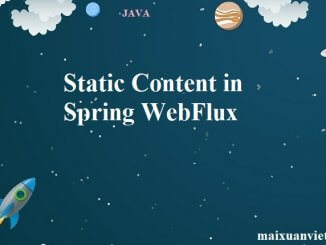
1. Overview Sometimes, we have to serve static content in our web applications. It might be an image, HTML, CSS, or a JavaScript file. In this […]

1. Overview Spring WebFlux is part of Spring 5 and provides reactive programming support for web applications. In this tutorial, we’ll be creating a small […]
